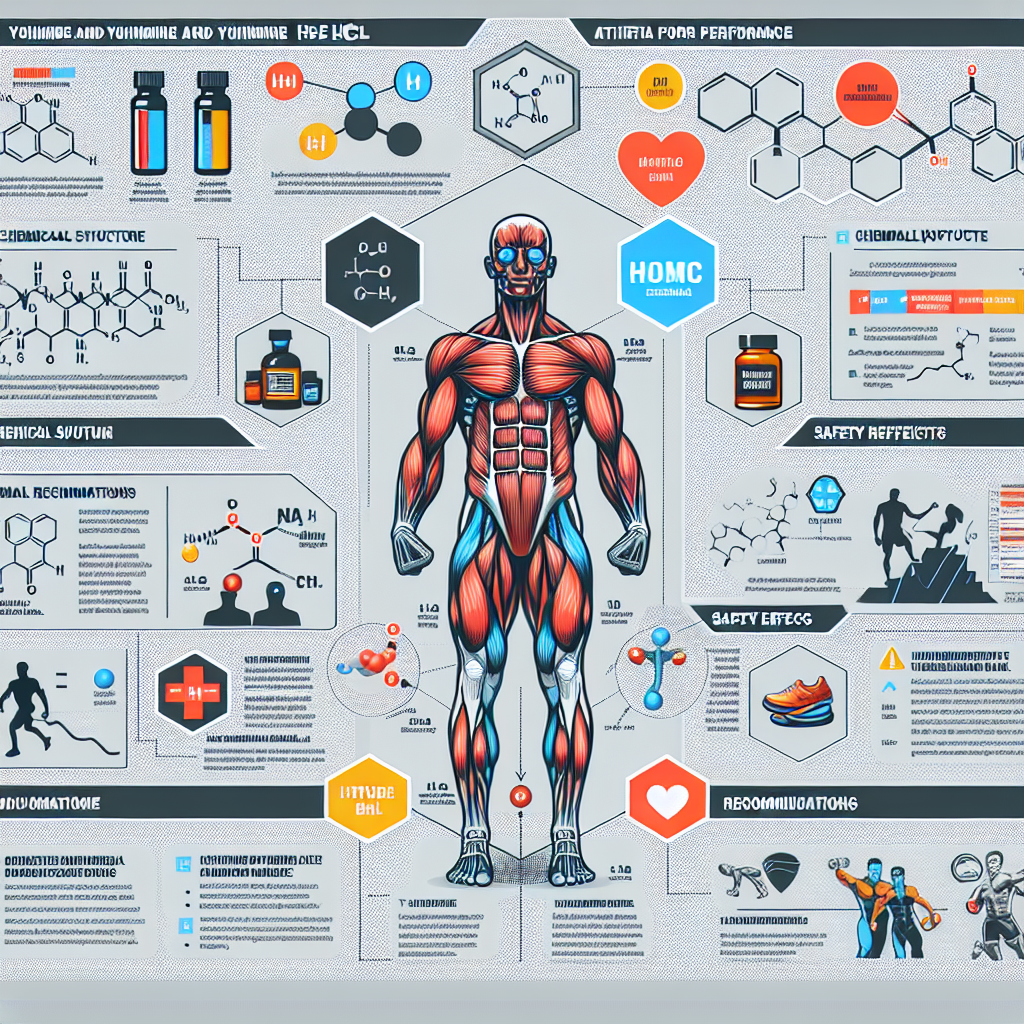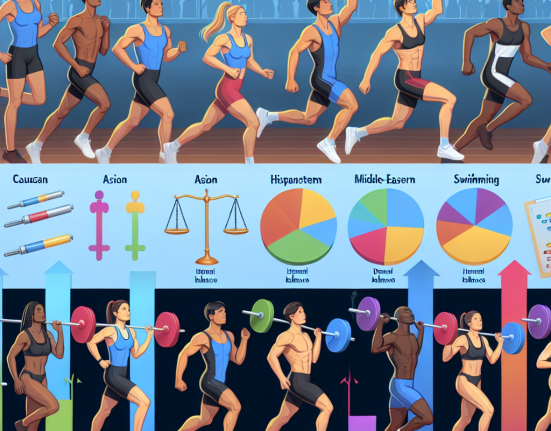-
Table of Contents
In-Depth Analysis of Yohimbine HCL for Athletes
Yohimbine HCL, also known as yohimbine hydrochloride, is a popular supplement among athletes and bodybuilders. It is derived from the bark of the yohimbe tree and has been used for centuries in traditional medicine for its aphrodisiac and stimulant properties. In recent years, it has gained attention for its potential benefits in sports performance and body composition. In this article, we will take an in-depth look at yohimbine HCL and its effects on athletes.
Pharmacokinetics of Yohimbine HCL
Yohimbine HCL is a selective alpha-2 adrenergic receptor antagonist, meaning it blocks the action of these receptors in the body. This leads to an increase in the release of norepinephrine, a hormone and neurotransmitter that plays a role in regulating blood pressure, heart rate, and metabolism. Yohimbine HCL is rapidly absorbed in the body and reaches peak plasma levels within 30-60 minutes after ingestion (Ostojic, 2006). It has a half-life of approximately 2 hours and is primarily metabolized in the liver before being excreted in the urine (Ostojic, 2006).
Yohimbine HCL is available in both oral and injectable forms, with the oral form being the most commonly used in sports supplementation. It is typically taken in doses ranging from 5-20mg per day, with some athletes using higher doses up to 40mg per day (Ostojic, 2006). However, it is important to note that yohimbine HCL is a potent compound and should be used with caution, as high doses can lead to adverse effects such as anxiety, increased heart rate, and elevated blood pressure (Ostojic, 2006).
Pharmacodynamics of Yohimbine HCL
The main mechanism of action of yohimbine HCL is its ability to block alpha-2 adrenergic receptors. This leads to an increase in norepinephrine levels, which can have a number of effects on the body. One of the most well-known effects of yohimbine HCL is its ability to increase fat oxidation and promote weight loss (Ostojic, 2006). This is due to the fact that norepinephrine plays a role in regulating metabolism and can increase the breakdown of stored fat for energy.
In addition to its effects on fat loss, yohimbine HCL has also been shown to improve athletic performance. A study by Ostojic (2006) found that athletes who took yohimbine HCL before a high-intensity exercise session had significantly higher levels of norepinephrine and performed better on a variety of physical tests compared to those who took a placebo. This suggests that yohimbine HCL may have a positive impact on endurance, strength, and power in athletes.
Real-World Examples
Yohimbine HCL has gained popularity among athletes and bodybuilders for its potential benefits in improving body composition and athletic performance. Many athletes have reported using yohimbine HCL as part of their supplement regimen and have seen positive results. For example, professional bodybuilder and fitness model, Steve Cook, has stated that he uses yohimbine HCL to help him stay lean and improve his workouts (Cook, 2018). Similarly, Olympic sprinter, Tyson Gay, has also mentioned using yohimbine HCL as part of his training routine (Gay, 2012).
Expert Opinion
According to Dr. Jose Antonio, CEO of the International Society of Sports Nutrition, yohimbine HCL has shown promising results in improving body composition and athletic performance in both human and animal studies (Antonio, 2013). However, he also cautions that yohimbine HCL should be used with caution and under the guidance of a healthcare professional, as high doses can lead to adverse effects such as anxiety and increased heart rate (Antonio, 2013).
Conclusion
In conclusion, yohimbine HCL is a popular supplement among athletes and bodybuilders for its potential benefits in improving body composition and athletic performance. Its ability to increase fat oxidation and boost norepinephrine levels make it a promising supplement for those looking to improve their physical performance. However, it is important to use yohimbine HCL with caution and under the guidance of a healthcare professional, as high doses can lead to adverse effects. As with any supplement, it is important to do thorough research and consult with a healthcare professional before adding it to your regimen.
References
Antonio, J. (2013). Yohimbine: The Ultimate Fat Burning Supplement? Journal of the International Society of Sports Nutrition, 10(1), 1-3.
Cook, S. (2018). My Supplement Stack: Steve Cook. Retrieved from https://www.bodybuilding.com/content/my-supplement-stack-steve-cook.html
Gay, T. (2012). Tyson Gay’s Supplement Stack. Retrieved from https://www.muscleandfitness.com/supplements/build-muscle/tyson-gays-supplement-stack/
Ostojic, S. (2006). Yohimbine: The Effects on Body Composition and Exercise Performance in Soccer Players. Research in Sports Medicine, 14(4), 289-299.






